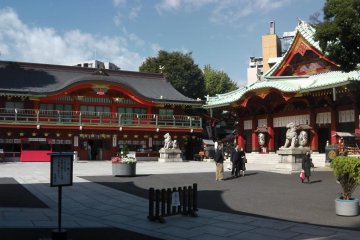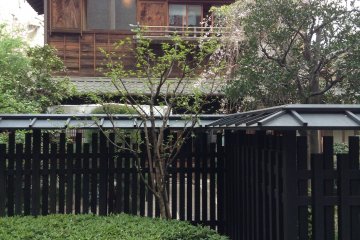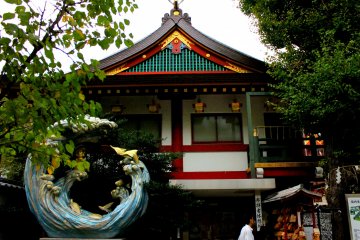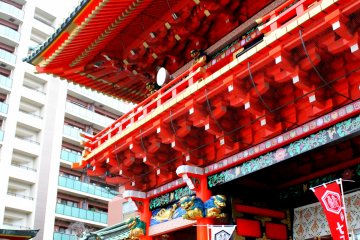Naming Kanda Myojin “the world’s geekiest temple,” CNN Travel hit the nail right on the head when they spoke of the contemporary image of this ancient shrine in Akihabara, established more than a thousand years ago for the gods of fortune and warriors.
History check: The shrine was built to house three mighty gods, warrior Taira no Masakado, Ebisu (god of the fisherman and merchants) and Daikokuten (god of trade and commerce). When Ebisu and Daikokuten are paired, both magnify the power of luck and fortune. So businessmen, working professionals, regular employees and skilled workers head to the shrine to pray to the gods of fortune for personal economic stability and good returns in their businesses.
In parallel to the change of times, and the lifestyle and demands of the locals, the shrine has redefined its so-called “function” in society, from a warrior’s temple to a tech-lover’s sanctuary for charms in Tokyo’s highly computerized environment and time. Hence, local techie youth come here to seek blessings and protection for their gadgets and electronics against theft and accidental damage, and even for their PCs to be protected from viruses.
Kanda Myojin is a pleasant sight to enjoy with its traditional Japanese façade, East Asian hip-and-gable roof, or as Japanese call it “irimoya”, and vermilion-covered interior, decorated and accented with gold and lacquer.
The shrine’s presence in modern-day Akihabara creates a unique feeling of peacefulness and comfort for both locals and tourists, which contrasts with the area's higher-profile bustling, geeky and weird image.
With Japan’s long record of calamities and disasters, including World War II, the 1,270-year-old Shinto shrine has undergone several restructurings, relocations, restorations and rebuildings in its lifetime.










